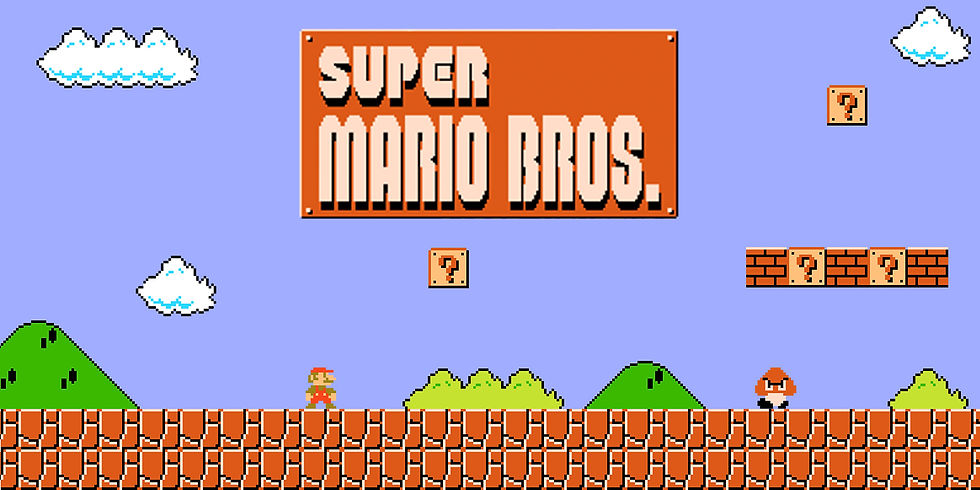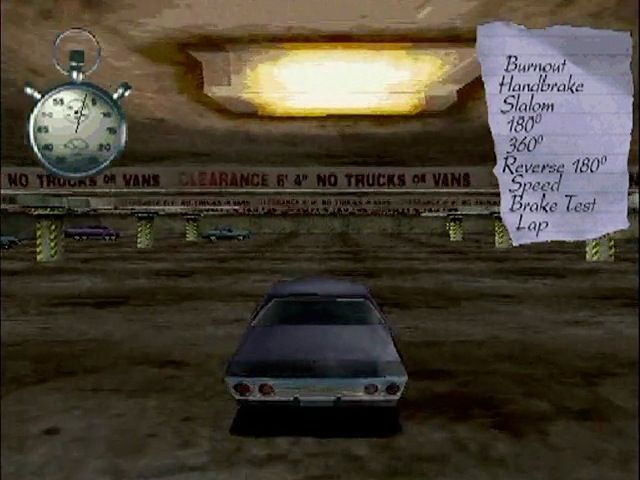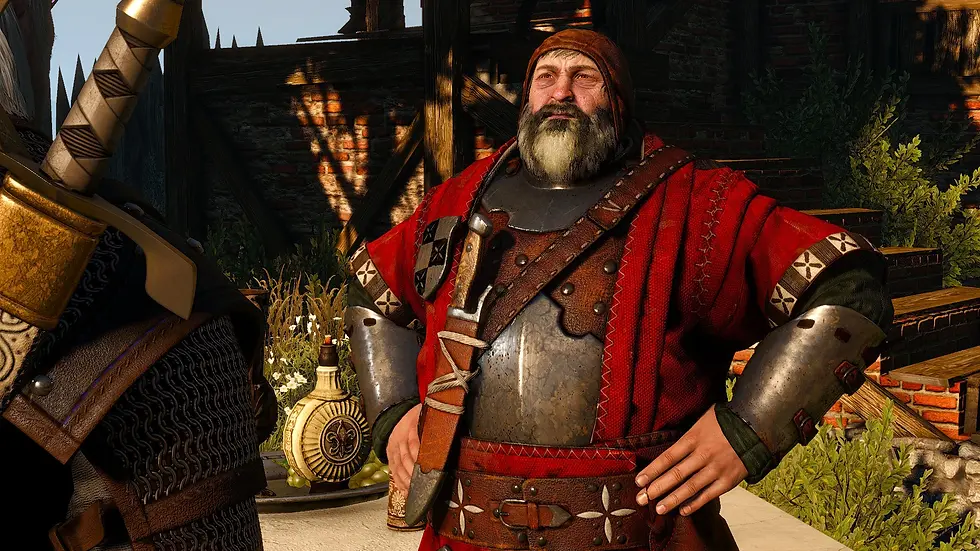4 Tips to make a good onboarding.
- Nicolas Ferron
- Sep 15
- 4 min read
Updated: Sep 20
You spent countless hours crafting your game, designing systems, menus. You finally release it, you sell some units but you start to see refunds.
Is your game not fun? Is it bugged? Wait…
Did you do proper onboarding?
Your game may be really good, but if you did not take the time to explain its mechanics, and how to play it, you will lose some players.
The trick is to explain how to play the game, but not overload the player. We will see how we can achieve this.
Enough but not too much information
There may be innovative or crucial systems you thought of and you have to make sure the player knows and understands them. Your job is to make them clear without being boring or annoying.
I usually advise to not interrupt the gameplay too much but it may be necessary in that case.
Interrupting the player is one of the best ways to make sure they paid attention. This, coupled with using this mechanic straight away should make it memorable.
Let’s say your game uses a very specific gimmick, and without a full understanding of it, the player will not be able to enjoy the game or progress at all. Then by all means break the gameplay. Just don’t do it for basic instructions such as: Jump with A.
If you followed my advice on the controls topic, this should not be necessary.
Keep it short: people buy games to play.
What I mean by that, is quite simple: don't make your onboarding last hours and hours.
The length will obviously depend on the genre. A platformer, once explained that attacking with a button and jumping with another, should be good to go. A complex tactical game with a lengthy campaign, diplomacy and such will take a bit more. Sonic is easier to grasp than Total War for example.
Make sure the basics are explained quickly and if possible integrate the mechanics through gameplay. We all know that nowadays, you get the usual Crouch with Ctrl, Jump with Space whilst in a mini level, also introducing the story. (Classic FPS onboarding). Total War, since we are talking about it, will guide you on the first turns.
Trust me, no one wants to sit and read countless pages before playing.
Make tutorials and documentation available on demand
You can however make that documentation accessible in a specific menu.
There is nothing more infuriating than a game that will show you a mechanic once and that’s it. No way to find it back.
This is very uncommon and you don’t want your game to be remembered because of this.
And whilst on the topic of accessible, make sure to include a menu with the control mapping. This does not cost much and provides a quick way to find the actions back, a quick win.

Learn from examples
If you want to look at what games did it well, then look no further than Super Mario Bros.
Yes, that 40 years old game.
If you think about it, the very first Goomba teaches you that if they touch you, you die and in order to defeat them you need to jump on them. All of that with one enemy in the first seconds of the game. And then you are set for the whole experience. Brilliant isn’t it?
However not all games are that smart.

Driver. This driving (yeah, I know) game released in 1999 made the choice to put a difficulty spike during the tutorial. Finishing it was actually harder than finishing the game. Interesting, but not recommended. Making a tutorial is a good idea, making a difficult one, not so much.
Another driving game that failed to do a proper onboarding in my opinion was Forza Horizon 4. It took too long to let you roam free. And that’s the core of the game. The premise is: Explore part of the United Kingdom! But first…
They had a good idea with the whole seasons (the real ones, you know winter and stuff, not the passes) but forcing you to go through all of them at once was maybe not the best idea. Rhythm is also important when it comes to onboarding.
Let’s end with two debatable examples:
Red Dead Redemption 2 and Witcher 3.
RdR2 is famous for the whole snow part that lasts 2 hours. Sure it sets the story and tone, but 2 hours feels a tad bit long. It may be meta, to make you feel the length of it as your character does.

Witcher 3 follows the same model, but to me it is better done. Kaer Morhen doesn’t last very long and you get to know the plot and character before being quickly thrown into the game.
One could argue that it actually lasts until you get past the Bloody Baron quest. But the rhythm and writing quality made it fly for me. This was a design choice, one we can argue about.
Onboarding is a crucial part of the whole experience, and one of the most important, if not the most important. Do it right and you won half the battle.
And if you need help, you know where to find me.




Comments